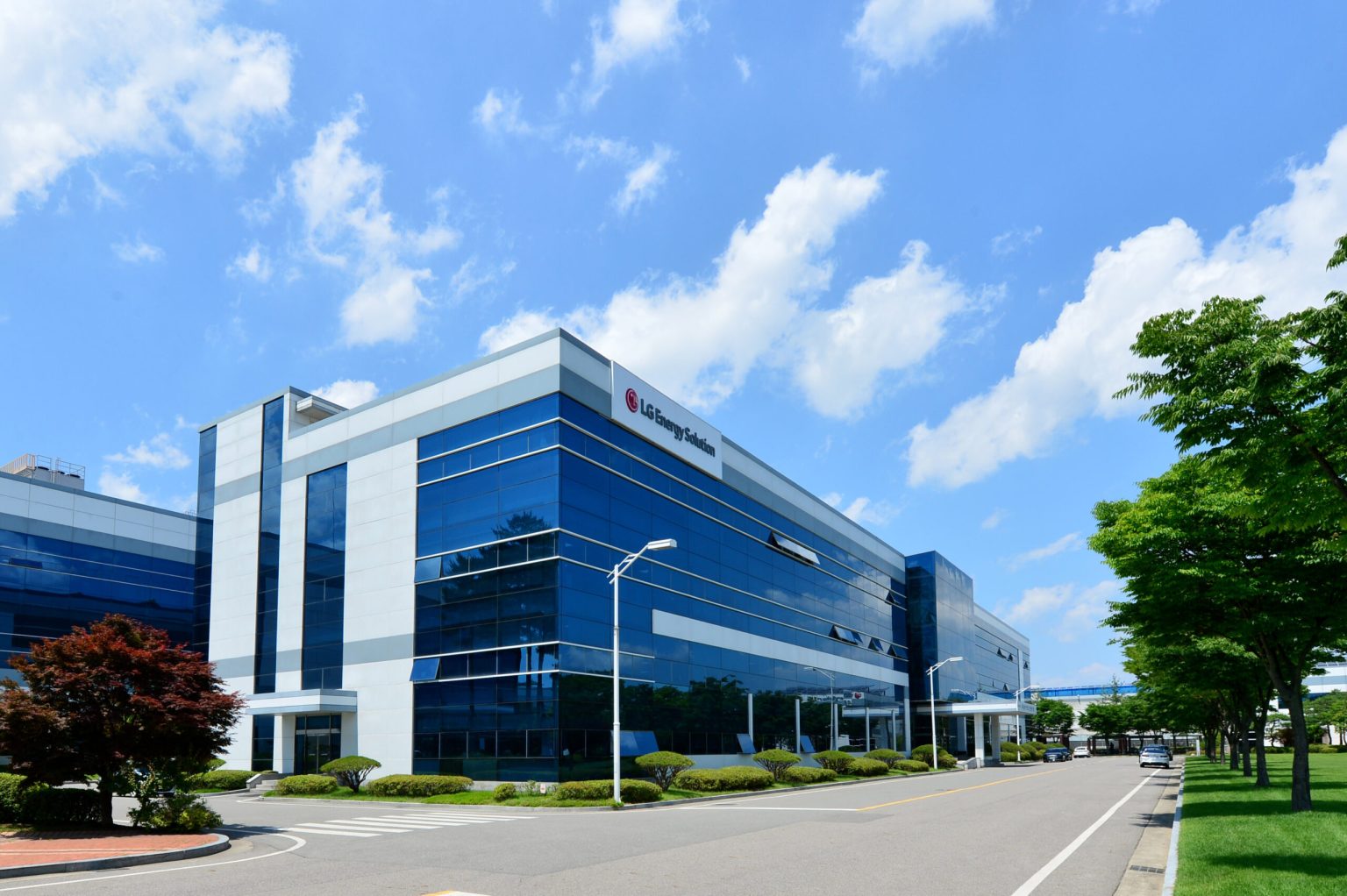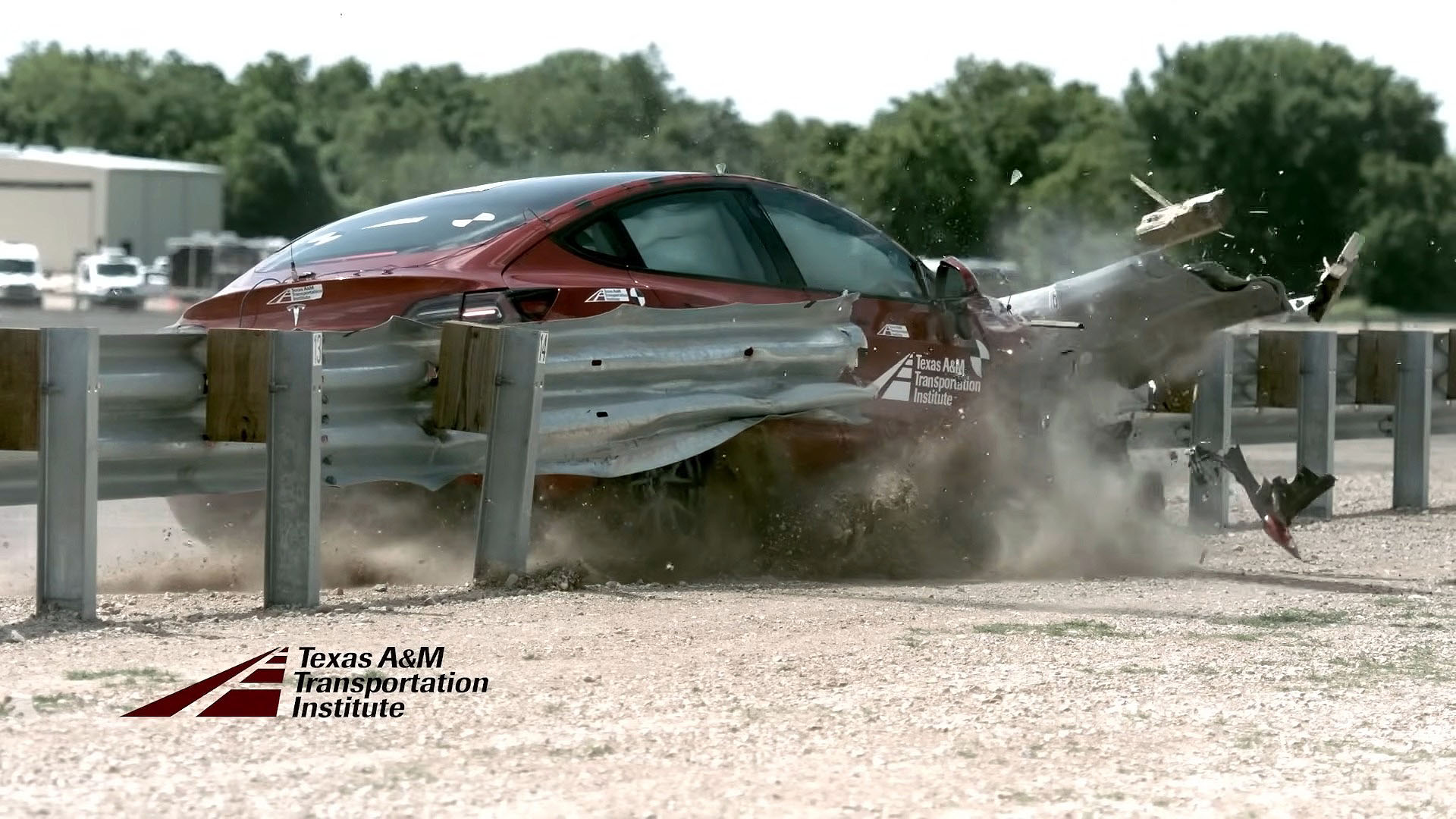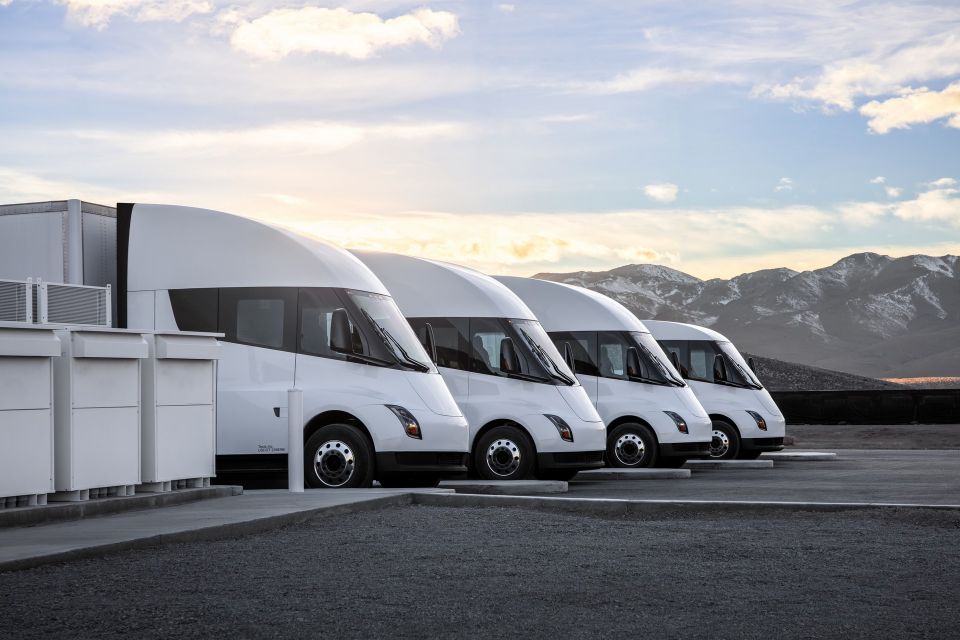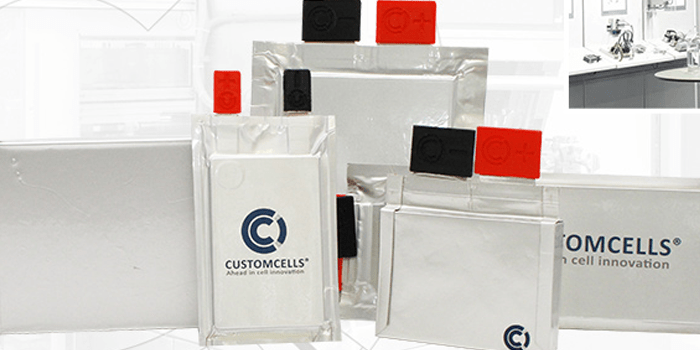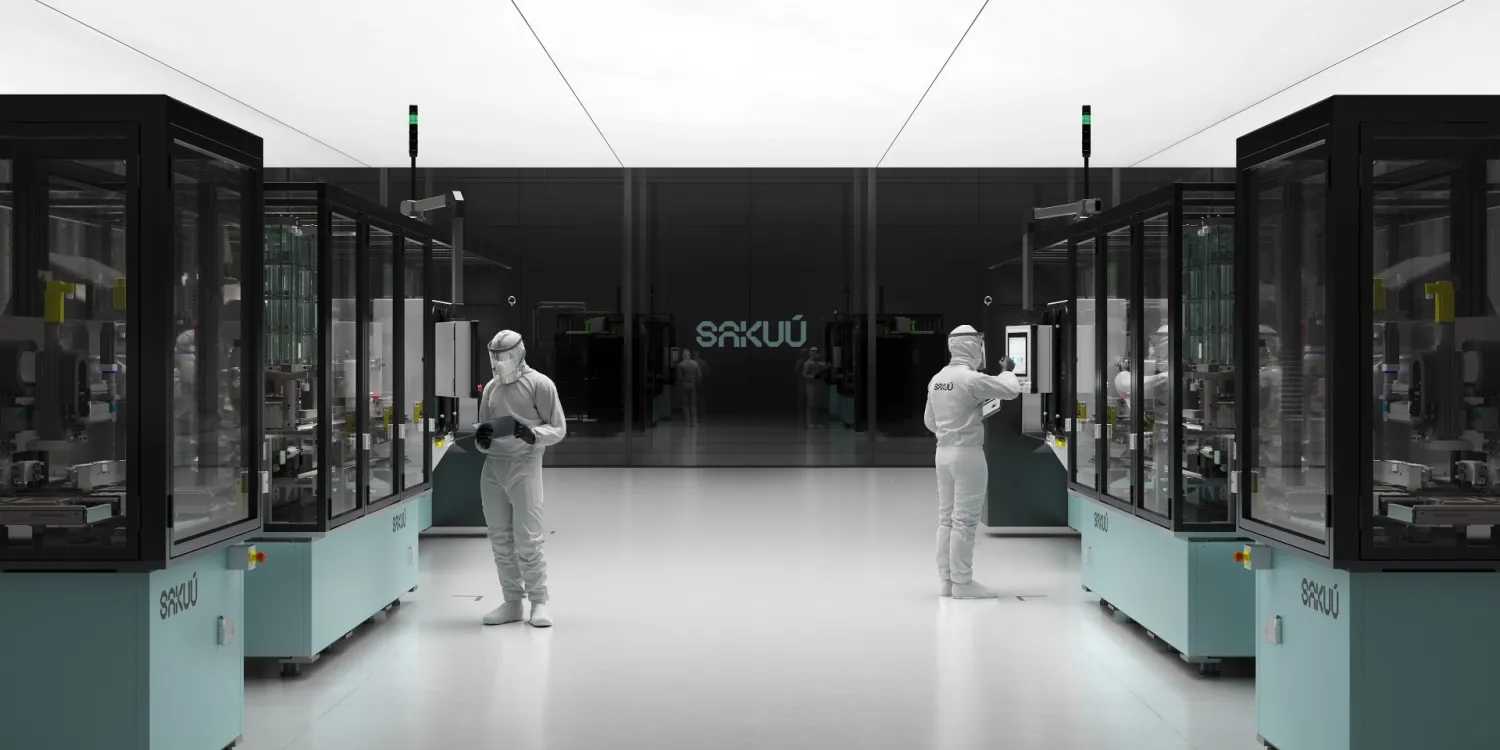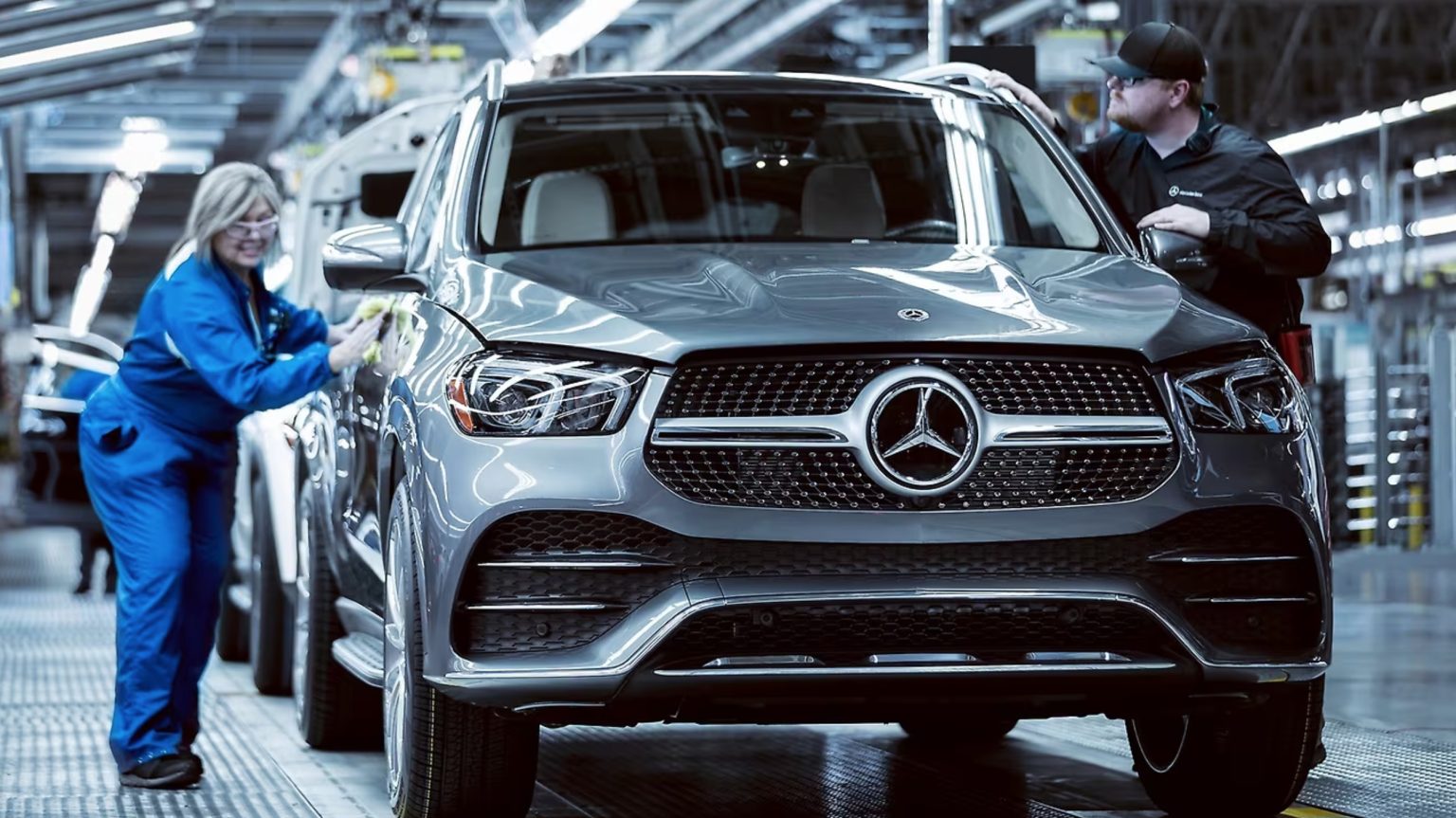Tesla’s efforts to integrate dry-coating technology from its acquisition of Maxwell Technologies in 2019 for producing its 4680 battery cells in Austin, Texas, have encountered significant hurdles, sources familiar with the matter revealed.
Dry coating, heralded for its potential to reduce energy consumption, equipment costs, and production space, contrasts sharply with conventional wet-coating methods that involve solvent-heavy processes requiring extensive drying ovens. Volkswagen’s PowerCo has described dry coating as a “game changer,” offering potential energy savings of 30% and space reductions of 50%.
See also: LG Energy Solution Shifts Focus to 46-Series Battery Production Amid Global Demand Surge
Tesla initially touted dry coating during its Battery Day in 2020, focusing on electrodes, but has reportedly faced limitations in scaling the process beyond the anode to include the cathode, as reported by Reuters. The company did not respond to requests for comment on its battery development strategies.
Developing dry electrodes for cathodes presents greater challenges due to the materials involved, which are more complex and harder to manage compared to anodes, industry experts noted.
See also: LG Energy Solution to Begin Mass Production of Tesla’s 4680 Battery Cells in August
Meanwhile, LG is aggressively pursuing dry electrode innovations to regain market share in the EV battery sector, which has seen Chinese competitors like Contemporary Amperex Technology (CATL) and BYD expand significantly. LG’s share has dipped to 12.6% this year from 14.6% a year earlier, partly due to price declines in lithium-iron-phosphate (LFP) batteries in China, down 44% to $53 per kilowatt hour through April.
LG’s approach aims to apply dry electrode manufacturing to both anodes and cathodes, irrespective of particle size challenges, according to company sources. This strategy is part of a broader industry trend where companies including Panasonic, CATL, and Svolt Energy are also exploring dry electrode technologies for high-energy-density 4680 cells, according to SNE Research.
See also: LG Energy Solution and GM’s Ultium Cells Plant 2 Achieves 90% Yield in Record Time
“The race towards more efficient battery production processes has intensified, spurred by Tesla’s initial strides,” commented Park Chul-wan, an automotive professor at Seojeong University. “South Korea’s battery makers, among others, are still in early stages of adopting dry processes.”
The push for advanced battery manufacturing techniques presents opportunities for equipment manufacturers like Hanwha Momentum and AM Batteries, who are actively developing solutions to support dry-coating technologies in battery production.
See also: LG Energy Solution Cuts Investments Amid Weak EV Sales Growth
Meanwhile, Narae Nanotech, known for supplying coatings for Apple devices, is pursuing innovations in the wet-coating process, aiming to streamline production lines with xenon flash lamps to meet evolving demands in the competitive EV battery sector.
“The EV industry is navigating a critical phase of transformation, prompting exploration of alternative production methods to compete effectively against Chinese rivals,” noted Jang Dong-won, CEO of Narae Nanotech.

